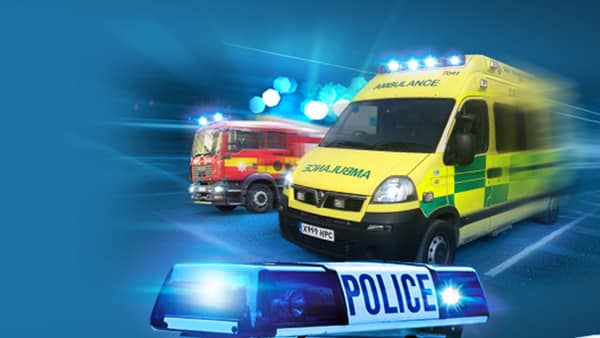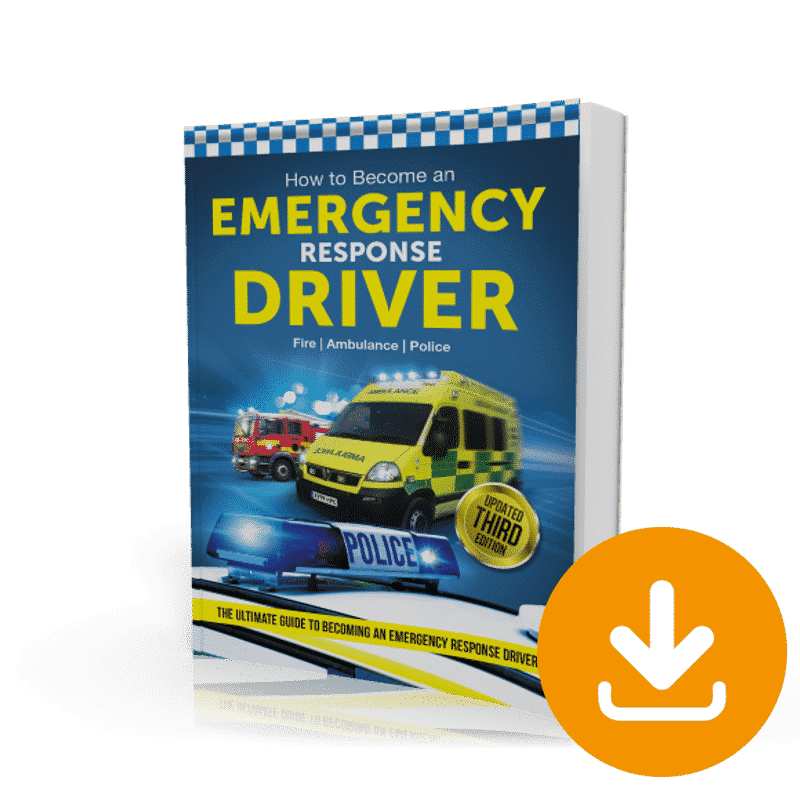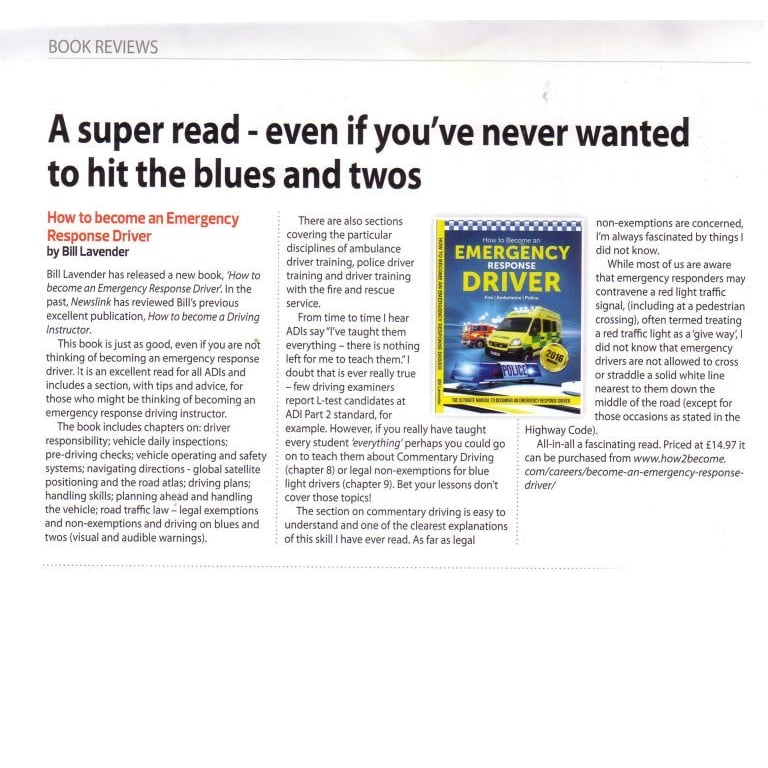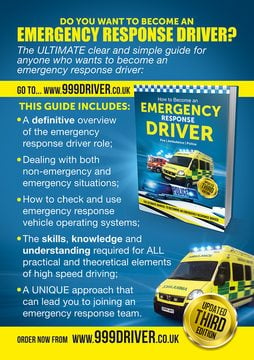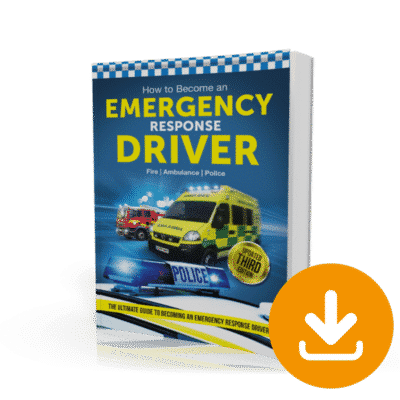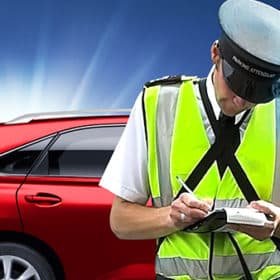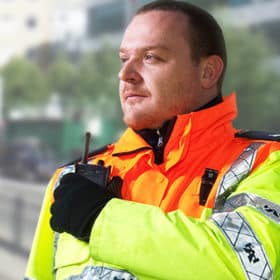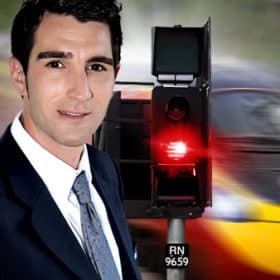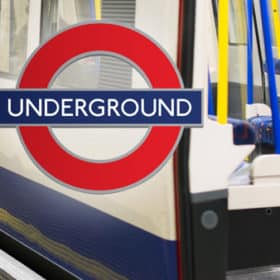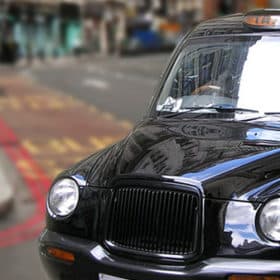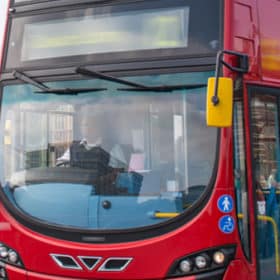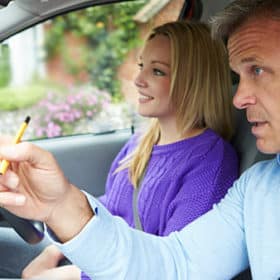Because there is always some risk of the navigation system failing, response drivers, and co-drivers need to have map reading skills. A hard copy map of the local area or regional road atlas needs to be kept in the vehicle. SatNav devices need regular updates for new roads or traffic systems.
Various mobile apps may also be useful tools to assist directional information; however these can only be operated by the co-driver or another crew member, and again, may have limitations. No electronic system, or hard copy can be expected always to be fully up to date or perfect, so be ready to deal with errors.
RESPONSE DRIVERS, WITH TRAINING, WILL BE ABLE TO:
1. Use navigational aids safely during routine driving and when responding to emergency calls.
2. Overcome any limitations of navigation aids, including Mobile Data Terminal (MDT) system.
3. Use navigational aids safely to assist in routine driving and an emergency response.
4. Give directional information to the driver.
5. Take directional information from the co-driver or another crew member.
6. Manage distractions from within the vehicle during routine driving and when responding to emergency calls.
